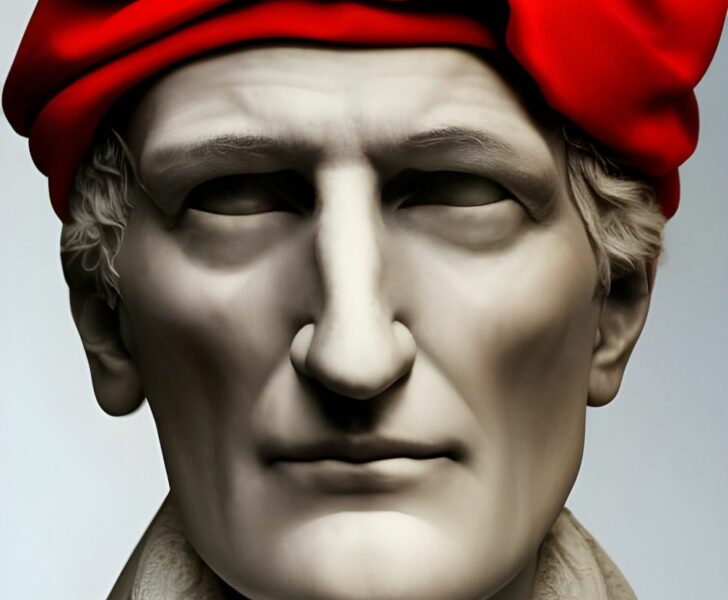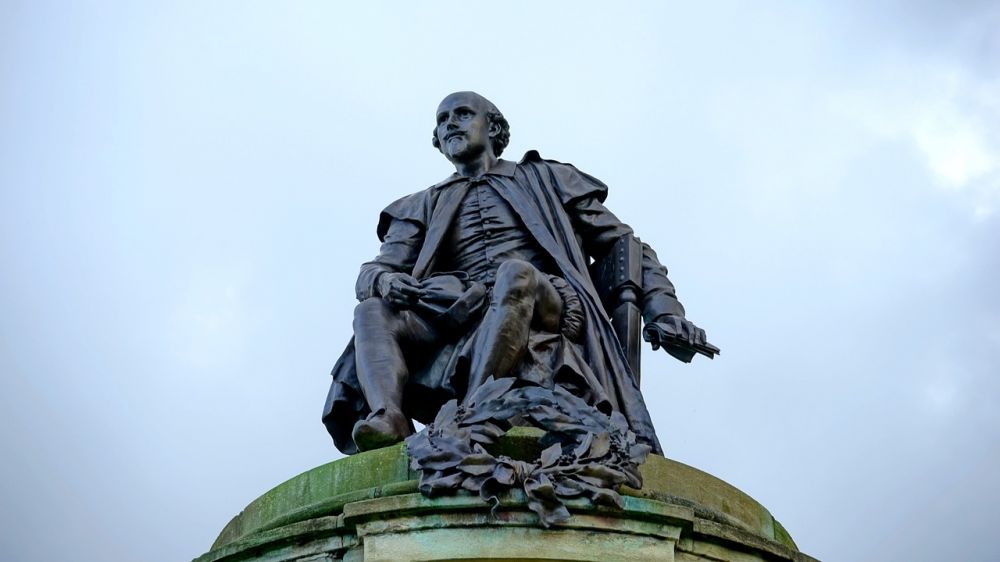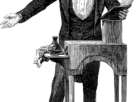Charles Dickens Books: A Journey into the World of Literary Masterpieces

Introduction:
When it comes to classic literature, the name Charles Dickens stands out with exceptional prominence. As one of the most celebrated and influential British writers of the 19th century, Dickens left an indelible mark on the literary landscape. His works, characterized by vivid characters, intricate plots, and profound social commentary, continue to captivate readers across generations. In this article, we delve into the realm of Charles Dickens books, exploring their significance, evolution, and enduring appeal.
A Historical Overview of Charles Dickens Books:

Charles Dickens embarked on his literary career in the Victorian era, a period marked by rapid industrialization and societal disparities. Despite facing personal challenges and financial hardships, Dickens persevered, channeling his experiences into groundbreaking novels that shed light on the harsh realities of his time. With each book, he tackled themes such as poverty, inequality, corruption, and the plight of the working class.
As Dickens’ popularity soared, his books became significant cultural markers, offering a vivid portrayal of Victorian society. From his debut novel “The Pickwick Papers” in 1836 to his final work “The Mystery of Edwin Drood” left unfinished at his death in 1870, Dickens published a total of 15 novels. These include timeless classics such as “Oliver Twist,” “A Tale of Two Cities,” “Great Expectations,” and “David Copperfield,” which have secured a permanent place in the literary canon.
Evolution and Themes:
Dickens’ novels were not only captivating tales but also powerful vehicles for social critique and reform. Through his vivid and memorable characters, he portrayed the multifaceted nature of human existence, delving into the struggles, hopes, and aspirations of individuals from various walks of life. From the captivating orphan Oliver Twist to the immortal Ebenezer Scrooge in “A Christmas Carol,” Dickens created characters that resonated with readers on a deep emotional level.
The themes explored in Charles Dickens books encompass both personal and societal aspects. Dickens had a keen eye for social injustices, and his works often exposed the harsh realities faced by the impoverished and marginalized. Whether it was the destitution of the poor in “Bleak House” or the brutalities of the industrial revolution in “Hard Times,” Dickens used his writing to challenge prevailing societal norms and advocate for change.
Moreover, Dickens’ books celebrated the power of love and compassion in overcoming adversity. His recurring motif of redemption and second chances offered hope in the face of despair. Through characters like Sydney Carton in “A Tale of Two Cities” or Pip in “Great Expectations,” Dickens reminded readers of the transformative power of kindness and the capacity for personal growth.
The Dickensian Narrative Style:
One cannot discuss Charles Dickens books without mentioning his distinctive narrative style. Dickens was a master of intricate plots, interweaving multiple storylines to create a tapestry of events. His books often featured complex characters with intersecting lives, revealing the interconnectedness of human experiences. The use of vivid descriptions, extensive dialogue, and a touch of humor added depth and richness to his narratives.
Dickens’ prose is renowned for its evocative and visual quality, transporting readers into the vibrant and chaotic world of Victorian England. His ability to create memorable scenes and settings, such as the foggy London streets in “Bleak House” or the timeless expanses of “Great Expectations,” further enhanced the immersive reading experience.
The Enduring Legacy:
The impact of Charles Dickens’ books extends far beyond his own lifetime. His works have been subject to countless adaptations, from stage plays to film and television productions. This ongoing cultural relevance is a testament to the universality of his themes and the enduring appeal of his storytelling.
Dickens’ books continue to resonate with readers, offering a glimpse into the human condition and the complexities of society. From the exploration of social inequality to the celebration of resilience and hope, his works serve as a timeless reminder of our shared humanity.
In conclusion, Charles Dickens books hold a cherished place in the literary pantheon, captivating readers with their vivid characters and compelling narratives. Through his unparalleled storytelling and unparalleled social commentary, Dickens immortalized the struggles and triumphs of the Victorian era. As we embark on our own journey into the world of his books, we are reminded of the power of literature to transcend time and touch the human soul.











